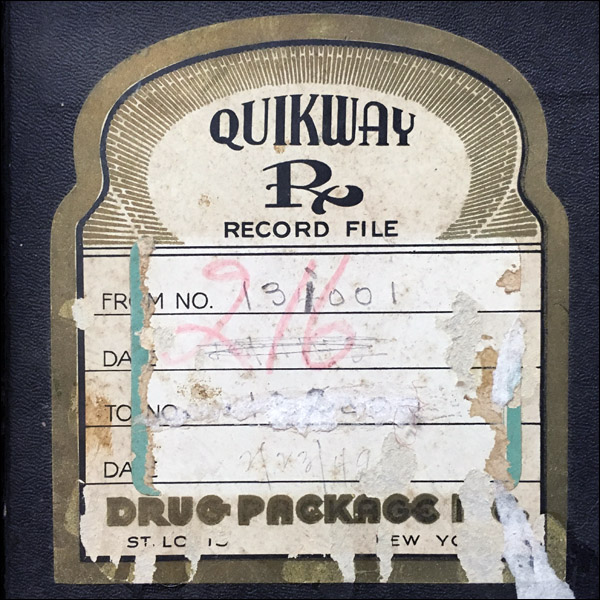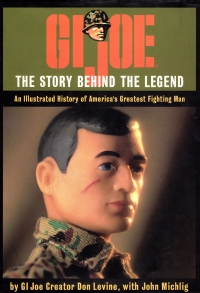Where war on Canada begins. What is ‘Jeopardy’?:
For reasons that have yet to be fully explained, the producers of the “Jeopardy!” game show last week banned Canadian contestants. As someone who spent two years as a resident of Canada and one year working on the radio with the late Art Fleming, the first and greatest host of “Jeopardy!” I feel uniquely qualified to over-analyze this.
Apparently, the reason for the ban on Canadians (except for Alex Trebek, the pride of Sudbury, Ontario, who usurped Art Fleming’s throne and whose name Art could barely bring himself to utter) has something to do with Canada’s new digital privacy laws.
The producers fear that the questionnaire that would-be contestants have to fill out might somehow violate the new law, possibly costing the show a $10 million fine. Even with the Canadian dollar (unfortunately named the “loonie” for the bird that graces the coin) now worth 72.6 cents U.S., a $7,260,000 fine is nothing to sneeze at.
Of course, this is part of fomenting the anti-Canadian sentiment we’ll want before the invasion.
Canadians are not like you and me. They eat poutine.












